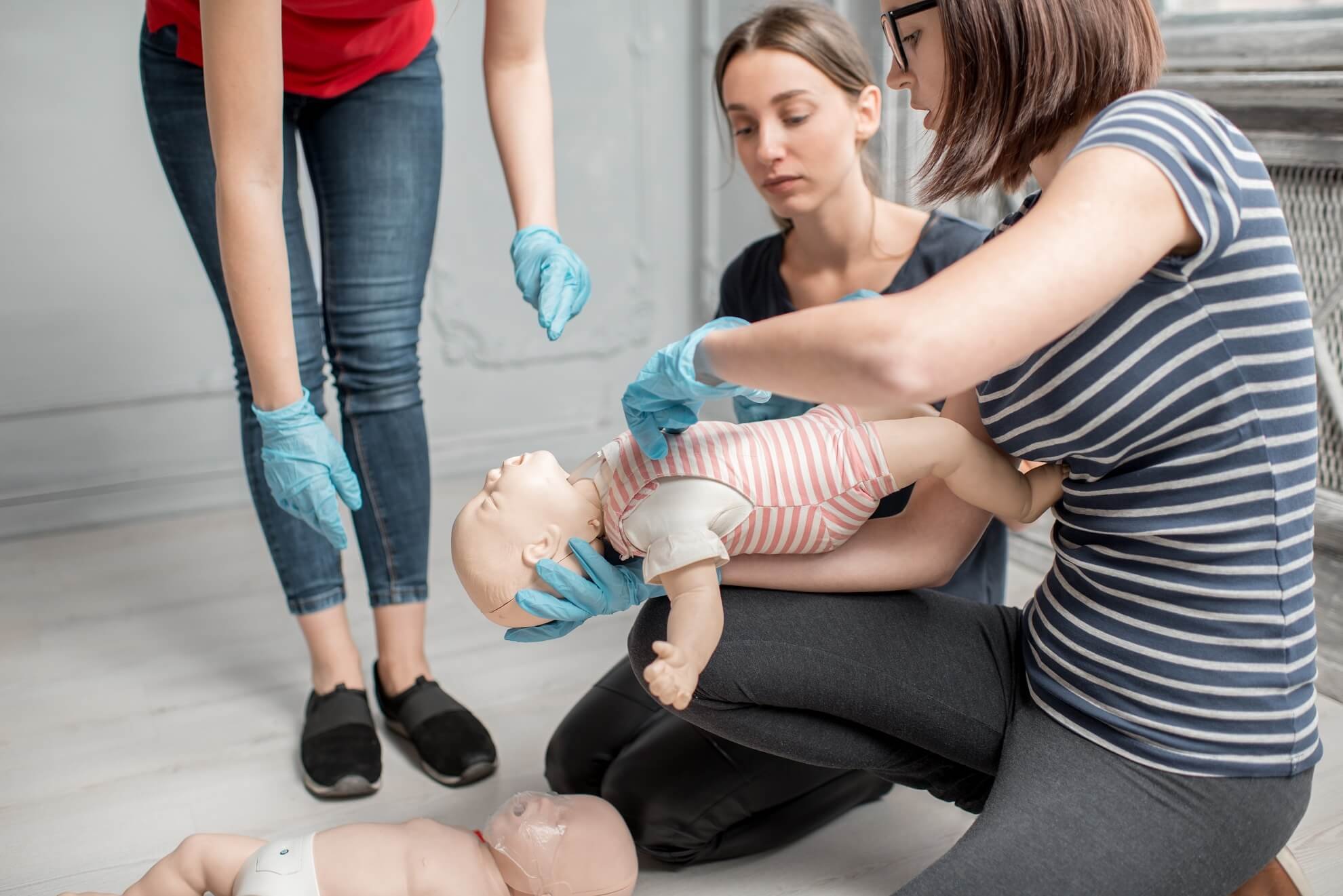
Paediatric First Aid Training Course
Level 3 Award Paediatric First Aid (RQF)
2 Day F2F Or 1 Day Blended
Explore This Course.
First Aid Training > Paediatric First Aid
Course Description
Is this course suitable for me?
If you work with children, then our accredited Level 3 paediatric first aid course is ideal for you. This 2-day course covers everything you need to know about first aid for children, from CPR to dealing with common injuries and illnesses. You'll learn how to deal with all sorts of emergencies, both big and small, so you can feel confident that you're prepared for anything. And because we know that your time is precious, we've designed the course so that it can be easily completed in just two days. So why wait? Sign up today and give yourself the peace of mind that comes with knowing you're prepared for anything.
The Level 3 Award in Paediatric First Aid Course (RQF) has been specifically designed to meet the criteria set by the Department for Education’s EYFS Framework.
Take a look at the HSE guidance on carrying out a first aid assessment of your business.
If you’re not sure?
We can help you to determine your workplace first aid requirements. All you need to do is complete a short questionnaire about the various areas of your business, and we’ll email you a free first aid requirements assessment instantly.
How long is the qualification valid?
This qualification is valid for 3 years although HSE guidelines state that employers should ensure their first aiders remain competent to perform their role. As such, it is strongly recommended that first aiders undertake annual refresher training to practise their skills and update their knowledge on the latest first aid procedures.
How long is the course?
The course lasts two days when delivered face to face or 1 day using our blended e learning option. We can deliver the course on site at your workplace or at an offsite training venue.
What’s covered on the level 3 award in paediatric first aid course?
Role of the first aider (including knowledge of health and safety regulations)
DRABC
Unresponsive baby
Unresponsive child
Secondary survey
Child and baby resuscitation (CPR)
AED
Communication and casualty care
Asthma
Bone, joint and muscle injuries
Burns and scalds
Childhood conditions
Choking baby
Choking child
Eye injuries
Foreign objects
Head injuries
Heat and cold extremes
Low blood sugar
Meningitis
Managing an emergency
Minor and severe bleeding
Bites and stings
Allergic reaction
Poisons and what to do if someone has been poisoned
Seizures
Shock
Spinal injuries
Assessment
Candidates are assessed by continuous observation and a multiple choice exam. Successful candidates will receive a qualsafe certificate, valid for three years.
FAQ’s
-
The The UK Health and Safety Executive (HSE) states, “The Health and Safety (First-Aid) Regulations 1981 require employers to provide adequate and appropriate equipment, facilities and personnel to ensure their employees receive immediate attention if they are injured or taken ill at work. These Regulations apply to all workplaces including those with less than five employees and to the self-employed.”
-
The UK Health and Safety Executive (HSE) recommends that every workplace carry a first aid kit. This is not the law. However, it is a legal responsibility to offer 'prompt attention' to injured personnel. It is thus strongly advised to follow this guidance in order to avoid breaching the law.
-
First, review the UK Health and Safety Executive's recommendations. This specifies how many first responders your organisation should have based on its size and risk level. In addition, you will need to do a risk assessment. This will include the equipment your employees utilise, the nature of their work, and any other elements that may have an influence on workplace safety. Use our first aid requirements calculator here.
-
Sometimes, businesses choose to invite us to their venue which means reduced course costs and less downtime for the workforce. We can also arrange suitable training facilities where training at your location is not suitable. We can run first aid courses all over Norfolk and surrounding counties such as Suffolk, Lincolnshire and Cambridgeshire.
